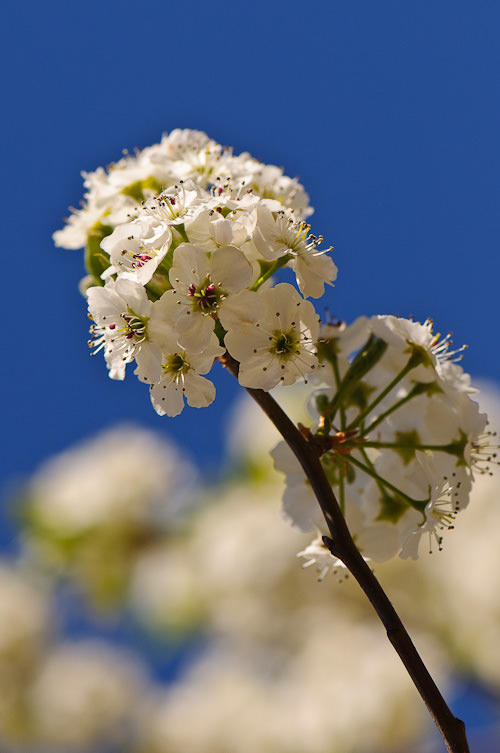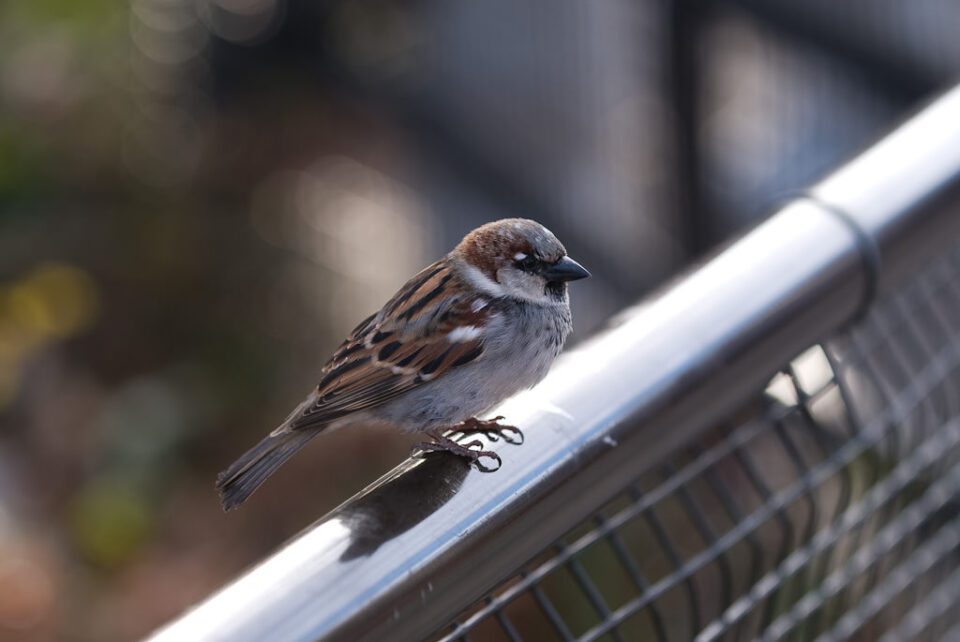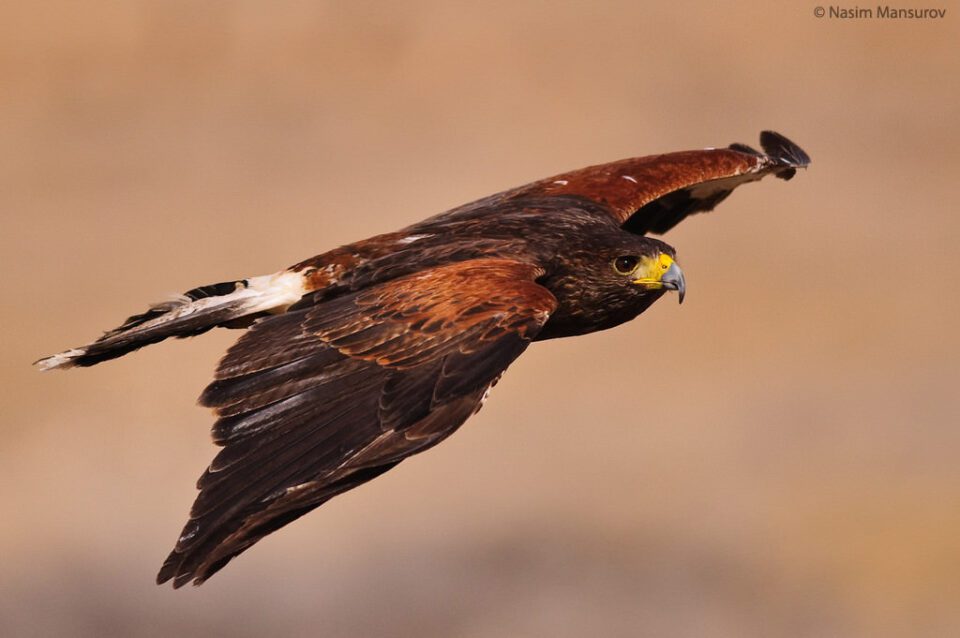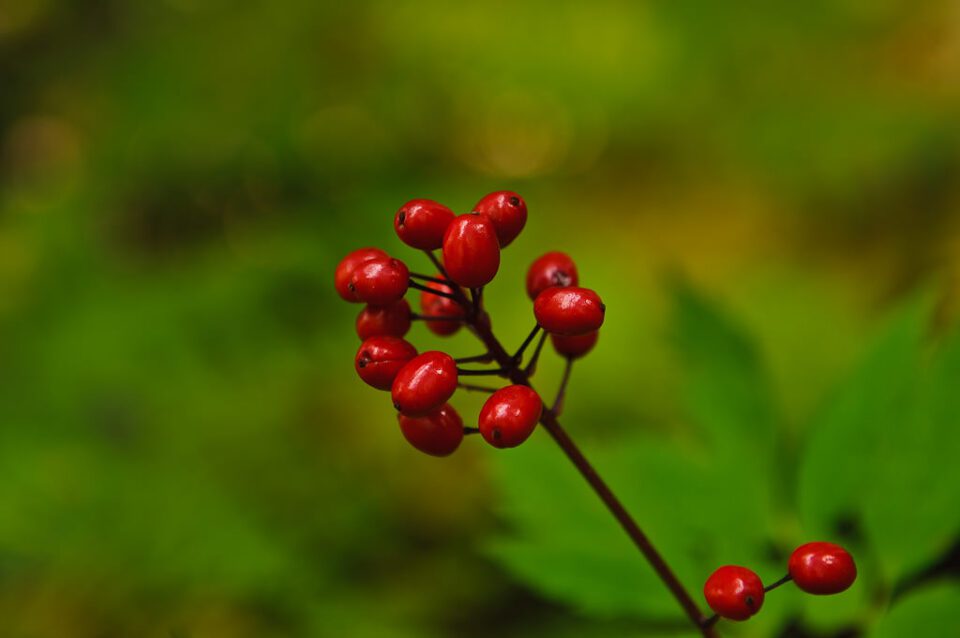The following article explains analytically with sample images what is BOOKEH in Photography and how to achieve such an effect with your camera AND lens.
Feel free to discuss and comment and dont forger to follow me on:
Frank Gimme
Gimme Photography
SOURCE: https://photographylife.com/what-is-bokeh
Feel free to discuss and comment and dont forger to follow me on:
Frank Gimme
Gimme Photography
SOURCE: https://photographylife.com/what-is-bokeh
What is Bokeh?
Bokeh, also known as “Boke” is one of the most popular subjects in photography. The reason why it is so popular, is because Bokeh
makes photographs visually appealing, forcing us to focus our attention
on a particular area of the image. The word comes from Japanese
language, which literally translates as “blur”.

The house sparrow is in focus and sharp (which means that it is inside the depth of field), while the background is out of focus (which means that the background is outside the depth of field). The small or “shallow” depth of field is the result of standing relatively close to the subject, while using a large aperture. See those round circles of different color on the left side of the image? Those are light reflections and they are circular because that’s how the lens rendered them. In this case, the soft “feel” of those circular areas is what photographers would call “good bokeh”. While some photographers argue that bokeh is just about the quality of the circular light reflections, many others, including myself, believe that bokeh is about the quality of the entire out-of-focus area, not just reflections and highlights..
So, what is a good or beautiful bokeh? A good bokeh pleases our eyes and our perception of the image and therefore, the background blur should appear soft and “creamy”, with smooth round circles of light and no hard edges. Here is an example of beautiful bokeh rendered by the Nikon 85mm f/1.4D lens:
Pay
attention to the smooth background behind the child’s face. The
out-of-focus areas look creamy and the circles are round and soft with
beautiful transitions between the blurry areas. That’s exactly what you
would call good bokeh!
How about bad or ugly bokeh? Although a lot of people argue that there is no such thing as a bad bokeh, I still call whatever distracts my eyes “bad”:
Open up the larger version of the above image and see for yourself – the quality of the blur is not pleasant to the eye, with sharp edges of the circles and double lines.

Most new lenses, now come with 9 rounded blades, which render round bokeh (Nikon 105mm f/2.8G VR):




1) What is Bokeh?
Basically, bokeh is the quality of out-of-focus or “blurry” parts of the image rendered by a camera lens – it is NOT the blur itself or the amount of blur in the foreground or the background of a subject. The blur that you are so used to seeing in photography that separates a subject from the background is the result of shallow “depth of field” and is generally simply called “background blur”. The quality and feel of the background/foreground blur and reflected points of light, however, is what photographers call Bokeh. Confused yet? Take a look at the following image:The house sparrow is in focus and sharp (which means that it is inside the depth of field), while the background is out of focus (which means that the background is outside the depth of field). The small or “shallow” depth of field is the result of standing relatively close to the subject, while using a large aperture. See those round circles of different color on the left side of the image? Those are light reflections and they are circular because that’s how the lens rendered them. In this case, the soft “feel” of those circular areas is what photographers would call “good bokeh”. While some photographers argue that bokeh is just about the quality of the circular light reflections, many others, including myself, believe that bokeh is about the quality of the entire out-of-focus area, not just reflections and highlights..
2) Good and Bad Bokeh
Remember, bokeh is rendered by the lens, not the camera. Different lenses render bokeh differently due to unique optical designs. Generally, portrait and telephoto lenses with large maximum apertures yield more pleasant-looking bokeh than cheaper consumer zoom lenses. For example, the Nikon 85mm f/1.4D lens produces exceptionally good-looking bokeh, while the Nikon 18-135mm f/3.5-5.6G DX lens produces poor bokeh at the same focal length and aperture – all due to differences in optical designs of both lenses. Again, I am not just talking about the background blur; all lenses are capable of producing out of focus blur, but not all lenses are capable of rendering beautiful bokeh.So, what is a good or beautiful bokeh? A good bokeh pleases our eyes and our perception of the image and therefore, the background blur should appear soft and “creamy”, with smooth round circles of light and no hard edges. Here is an example of beautiful bokeh rendered by the Nikon 85mm f/1.4D lens:
NIKON D700 @ 85mm, ISO 250, 1/200, f/2.8
How about bad or ugly bokeh? Although a lot of people argue that there is no such thing as a bad bokeh, I still call whatever distracts my eyes “bad”:
Open up the larger version of the above image and see for yourself – the quality of the blur is not pleasant to the eye, with sharp edges of the circles and double lines.
3) Bokeh shapes
The shape of the reflected light in out of focus areas depends on the lens diaphragm. Many older lenses such as Nikon 50mm f/1.4D have 7 straight blades in their diaphragms, which results in heptagon-shaped bokeh like this:
Most new lenses, now come with 9 rounded blades, which render round bokeh (Nikon 105mm f/2.8G VR):

4) How to get good Bokeh
So, how do you get a good bokeh in your images? As I have pointed out above, bokeh depends on the type of lens you are using. While lower-end consumer zoom lenses will yield unpleasant bokeh, fixed (prime) lenses and most professional zoom lenses with fast apertures yield good-looking bokeh. Do you know if your lens produces good bokeh? Try this: focus on an object from a very close distance (as close as the lens will allow, keeping the object in focus), making sure that there are no objects at least 5-6 feet behind it. Make sure to be on the same level as the object itself, so that you are not looking down on it. Do not use a plain wall as your background – try to find a colorful background, preferably with some lights on it. A Christmas tree is a perfect background for a bokeh test. Once you find a good test subject with a suitable background, set your camera to “Aperture Priority” mode and set your aperture to the lowest number. On most consumer zoom lenses, the lowest aperture is typically f/3.5, while on prime and professional zoom lenses, it can be between f/1.2 and f/2.8. Once the aperture is set to the lowest value, take a picture of your subject and take a look at the rear LCD of your camera. The subject should be in focus, while the background is blurred. If you have a good lens, the bokeh should be soft and fuzzy, looking pleasing to the eye as shown in the example above. The circular reflections should be round and soft, with no hard edges.5) What lenses create great bokeh?
There are many lenses that create great-looking bokeh. Most fast prime lenses with round-blade apertures such as Nikon 85mm f/1.4D or Canon 85mm f/1.2II USM create exceptionally good-looking bokeh. The lower-cost version of the same lens – Nikon 85mm f/1.8D and Canon 85mm f/1.8 USM also produce beautiful bokeh. One of my favorite lenses for beautiful bokeh is the Nikon 50mm f/1.4G, but be careful about the older Nikon 50mm f/1.4D or the 50mm f/1.8D, since they both produce heptagon-shaped bokeh as shown above. There are too many lenses to list, so I recommend doing some more research on different lenses, based on your photography needs.6) Other examples of bokeh
Here are some other examples of great-looking bokeh:

Captured with Nikon 105mm f/2.8 Micro

Captured with Nikon 300mm f/4.0 AF-S






Δεν υπάρχουν σχόλια:
Δημοσίευση σχολίου